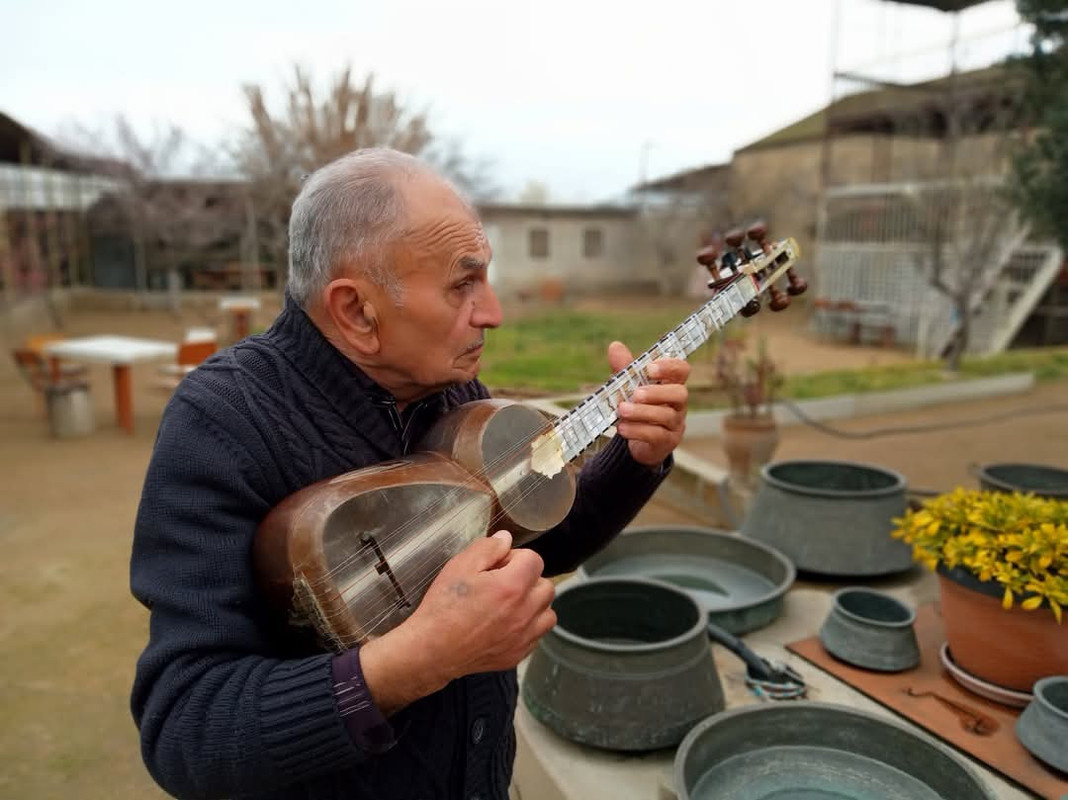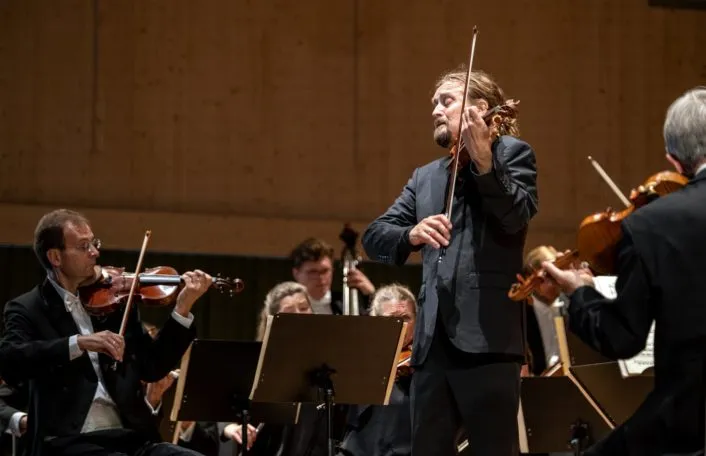Culture is the pulse of any country, and its beat is regularly best caught on through inventive expression. When words drop brief, craftsmanship and music rise to the event. They capture feelings, verifiable stories, societal values, and conventions passed down through eras. In this in-depth direct, we investigate how art and music reflect a country’s culture, why it things, and what it uncovers around national identity.
Understanding Culture Through Imaginative Expression
Culture isn't fair nourishment, clothing, or language—it's too how individuals think, feel, and express themselves. From cave depictions to present day computerized beats, human social orders have utilized imagination to tell their stories. Music and craftsmanship serve as windows into a country's soul, shedding light on its citizens' ideals, struggles, and character traits.
So, how do a nation's music and handicraft represent its culture? Let's dissect it.
1. Chronicled Narrating and National Identity
One of the essential ways craftsmanship and music encapsulate social values is through narrating. Canvases, figures, people tunes, and numbers frequently portray a country's authentic points of reference, myths, and revolutions.
Case: The Revolution and Mexican Wall Paintings
Mexican muralist Diego Rivera celebrated workers and worker struggles in his expansive paintings of the Mexican Transformation. His wall paintings are not fair decorative—they describe Mexico's socio-political history, making them a capable reflection of social identity.
Case: American Blues and African Roots
Blues music in the Joined together States advanced from the torment and flexibility of African-American communities. It tells stories of hardship, flexibility, and hope—making it a pivotal portion of American social expression.
2. Conservation of Convention and Language
Both conventional craftsmanship shapes and music act as social time capsules. Society craftsmanship, tribal canvases, classical music, and local disobedient protect antiquated dialects, traditions, and indeed otherworldly beliefs.
Indian Classical Music and Vedic Traditions
Indian classical music (Hindustani and Carnatic) is profoundly established in old Hindu sacred writings and hones. The ragas are not fair melodies—they are enthusiastic expressions tied to seasons, times of day, and ceremonies, making them wealthy in social and otherworldly meaning.
Native Dab Craftsmanship in Australia
Aboriginal craftsmanship employments images and speck designs to speak to "Dreamtime" stories—creation myths of the Native individuals. These works of art protect innate dialects and cosmologies, fortifying how craftsmanship reflects a country’s antiquated culture.
Read More;- Eminem Used AI to Bring Slim Shady Back to Life
3. Representation of Social and Political Movements
Visual art and music are often seen as tools of resistance and transformation, reflecting people's emotions during societal upheavals.
Challenge Craftsmanship and Music in South Africa
During apartheid, South African artists like Miriam Makeba and Hugh Masekela utilized their craftsmanship to battle racial abuse. So also, road craftsmanship and spray painting served as visual dissents, making their work central to South Africa’s social and political narrative.
Hip-Hop and Urban American Culture
Emerging from the Bronx in the 1970s, hip-hop got to be a social voice for marginalized urban youth. Nowadays, it's a worldwide wonder, but its roots reflect profound social disparities and community empowerment.
4. Ordinary Life and Social Norms
Art and music don’t continuously have to be fantastic or chronicled. They moreover reflect regular social hones, family values, and way of life choices.
Japanese Ukiyo-e Prints
Ukiyo-e, meaning “pictures of the drifting world,” are Japanese woodblock prints that delineate standard life—tea ceremonies, kabuki theater, sumo wrestling, and regular magnificence. They appear what was cherished in Edo-period Japan.
French Chanson and Every day Romance
French chanson music investigates adore, catastrophe, and logic. Specialists like Édith Piaf made chanson an encapsulation of French passionate and sentimental culture.
5. Religion and Otherworldly Beliefs
Religion is profoundly weaved with culture, and it intensely impacts a country’s craftsmanship and music traditions.
Christian Iconography in Europe
Medieval and Renaissance European craftsmanship was to a great extent driven by devout themes—cathedrals, frescoes, and recolored glass windows were planned to communicate scriptural stories to the ignorant population.
Islamic Geometric Art
Islamic calligraphy, geometric patterns, and human figure delineations are deliberately avoided in Islamic workmanship. This illustrates how profoundly intellectual and otherworldly Islamic culture is.
6. Social Advancement Through Globalization
In today’s advanced world, globalization mixes cultures—but it doesn’t delete them. Instep, it includes layers, displaying how nearby culture adjusts and evolves.
K-Pop and Korean Culture
K-Pop is a worldwide music class, but it still reflects center Korean values—respect for senior citizens, difficult work, cooperation, and indeed conventional clothing in a few performances.
Afrofuturism in African Art
Contemporary African craftsmen blend conventional themes with present day topics like innovation and science fiction. This mix reflects advanced African personality and goals, appearing culture is not static.
7. Territorial and Ethnic Differing qualities Inside a Nation
A single nation can have numerous micro-cultures, and music and craftsmanship offer assistance highlight territorial diversity.
India’s State-Level People Art
Every region of India has its own unique creative dialect, ranging from Madhubani in Bihar to Warli in Maharashtra. Moreover, music ranges from Punjabi bhangra to Bengali Baul melodies, demonstrating that differing aesthetic expressions characterize the broader Indian culture.
American Melodic Diversity
The U.S. has nation, jazz, shake, gospel, and numerous other sorts. Each started in distinctive parts of the nation and among particular ethnic bunches, displaying the softening pot of American culture.
Why This Social Reflection Matters
Conservation of Heritage
Understanding how craftsmanship and music reflect a country’s culture makes a difference protect imperiled traditions.
Social Education
Schools, galleries, and media utilize these expressions to educate around history and identity.
Tourism and Worldwide Respect
Cultural items draw in worldwide intrigued and cultivate shared understanding and regard among nations.
How You Can Involvement a Country’s Culture Through Craftsmanship and Music

- Visit Nearby Exhibitions and Exhibition halls – These frequently grandstand conventional and present day craftsmanship forms.
- Attend Live Exhibitions or Social Celebrations – Bona fide music, move, and showy exhibitions are immersive.
- Support Neighborhood Craftsmen and Artisans – Purchase nearby works of art or go to workshops.
- Learn Conventional Disobedient or Portray Styles – This hands-on approach extends appreciation.
- Watch Social Documentaries and Tune in to World Music Playlists – Effectively available ways to lock in from home.
Conclusion:
Craftsmanship and Music as Social Ambassadors There is no way better focal point through which to get it a nation than its imaginative expression. Whether it's a centuries-old sanctuary design or a present day pop song of devotion, art and music reflect a country’s culture in ways that are insinuate, passionate, and enduring.
In an progressively interconnected world, honoring and understanding these expressions makes a difference protect personality, celebrate differences, and construct bridges over borders.











